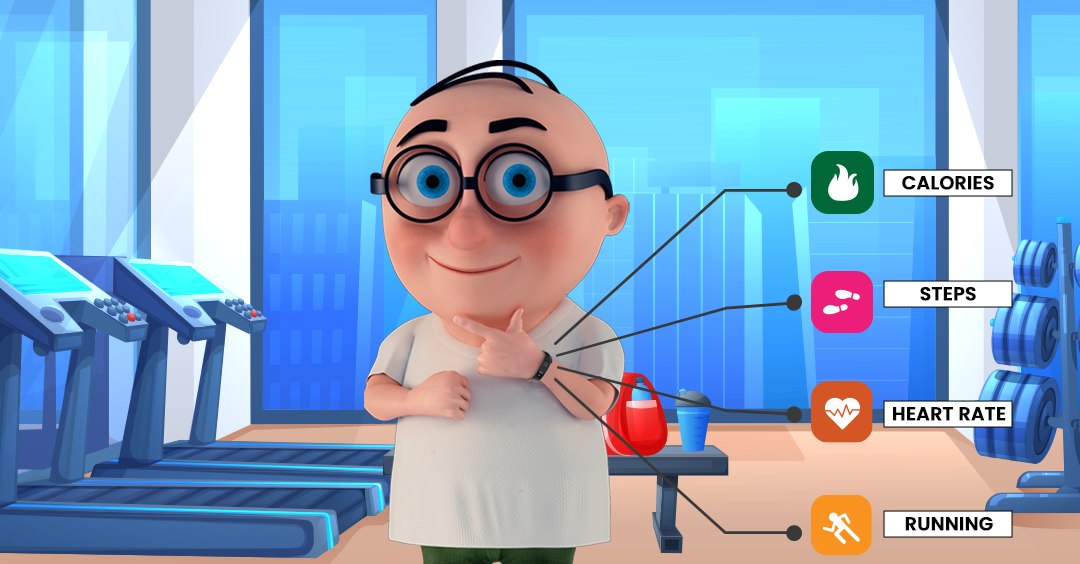We all know that excessive use of a device can be detrimental to our health. At least, that’s what the evidence suggests for gaming, computer and mobile phone use. Eye strain, attention span, heightened stress and anxiety levels and low-level radiation are just a few of the risks named. But what about personal wearables?
There’s tangible feedback that these devices could actually be good for you, indirectly.
In this blog we explore the world of wearables in a bit more detail and see how they could improve not only your health, but your insurance premium too!
What are personal wearables?
Put simply, a personal wearable is a smart device you can wear to collect data on your body’s health and fitness: the most popular being fitness trackers which are worn like a watch or a bracelet. Equipped with a range of sensors, they work on algo-rhythms to track key metrics such as:
- step count
- height to weight ratio
- BMI (body mass index)
- type of exercise completed (swimming, workouts, walking & running)
- calories burned
- resting heart rate
- active heart rate
- periods of inactivity
- sleep patterns
The majority of these devices can sync with an app downloaded onto your computer or smartphone to collate and interpret the data and present it in a series of easy-to-read dashboards.
Why buy a wearable? How will it benefit me?
There’s no magic formula to getting fit and staying healthy and these devices don’t promise this either! However, if you’re someone who needs motivation and encouragement and want to see regular results, a wearable could be for you.
And it’s not only individuals who are purchasing wearables. These days, there’s a growing trend for healthcare providers, insurers and even employers to promote and provide them too as part of either an overall programme or targeted initiative, such as a healthy heart campaign or type2 diabetes awareness.
Will using a personal wearable lower my health or life insurance premium?
Insurance premiums are calculated on a number of risk factors based around medical condition and lifestyle choices. Small wonder then that many health and life insurers are keen to explore what insights these devices can offer and how they can influence behaviour.
Both health and life insurance underwriters consider the following when assessing any application:
- does the person drink alcohol
- do they smoke
- their height and weight
- how often and how do they exercise
- do they have any pre-existing medical conditions
- their family’s medical history
If a personal wearable is used and used correctly, it could have a positive impact on weight loss, motivation to exercise, nutrition and sleep quality, which in turn could improve the “risk” perception and ultimately the insurance premium paid.
Like anything to do with health, each situation and the cost to insure is entirely as personal as the individual concerned but one thing is clear: any steps you take physically are steps towards a longer, healthier life and that is priceless!


